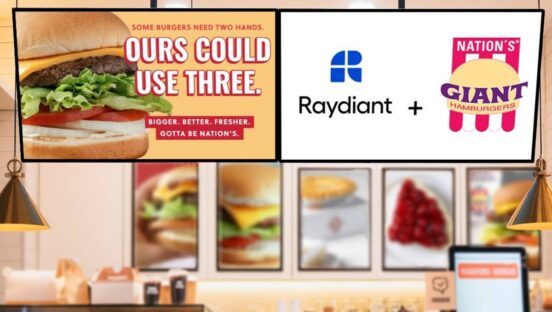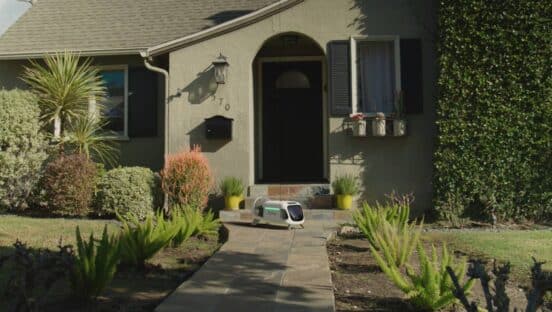How important is taking inventory?
Well, you allocate between 25 to 35 percent of your operating budget to purchasing food, so proper inventory management can stretch a significant portion of your budget. Like it or not, how you approach taking inventory at your restaurant is critical to the success of your small business.
And whether you’ve been taking inventory for years or you’re just starting out, there are essential tactics about inventory you may not be aware of, but that are crucial for doing this task well.
Here are the three facts every restaurant manager ought to know about inventory.
Getting Staff Buy-In Is A Must
One of the mistakes restaurant managers make when it comes to inventory is trying to do it all themselves. But you can’t do it alone … you need staff buy-in.
The problem is: if your restaurant is like the rest of the industry, your team is un-enthused at the thought of taking inventory.
It doesn’t have to be this way. Educate your staff about the value of taking inventory—exactly why it’s important not just for the success of the restaurant, but for their own personal success, too.
Teach staff that with a regular inventory process you can:
- Pinpoint and reduce food waste, so you can save money and pay your staff more
- Prevent under-ordering, so there are always customers coming through the door
- Identify theft to get rid of dishonest co-workers
- Monitor your business health because if the restaurant closes, they lose their jobs
Once you’ve addressed the practical value of inventory, train just a few people on your team on this task. Make it a regular part of their schedules so it always gets done.
When you get staff buy-in, you ensure proper restaurant inventory management isn’t just a priority for you, but for everyone on your team
Guesstimating Is a No-No
Have you ever walked through your storage areas and taken a mental inventory, checking off estimates in your head to get a general idea of what you have on hand?
Or perhaps you’ve cut corners on your spreadsheet because you don’t have time to rummage through that extra box of lettuce to see how many heads really are in there.
The problem with guesstimating your inventory like this is that it’s not accurate. And accuracy is key if you want to survive in this industry. There’s just too much competition out there and the profits are just too low not to track where every dollar is going.
If you think about it, a good part of your operational costs are tied up in the items you buy. So effective inventory management is fundamental to your restaurant making it or not. This one process minimizes food waste, determines what food and supplies you order, and is one of the biggest ways you can cut costs.
Saving a couple of dollars on every food item by accurately measuring—not guesstimating—food waste and cutting down on over-ordering can add up to hundreds if not thousands of dollars added to your bottom line.
Consistent Inventory Taking is Key
If you’re like most restaurants, you don’t take a regularly scheduled inventory. Instead, it happens at the end of the month or on a slow night when you have a few extra minutes.
But the unhappy truth is that your food prices don’t just fluctuate on a yearly or monthly basis. They can increase from day to day, siphoning money from your bottom line without you even realizing it, and you could go out of business quickly.
In fact, 75 percent percent of restaurants struggle with making profits because of skyrocketing food costs. But there’s another 25 percent whose businesses are flourishing because they invest in taking inventory regularly.
Taking an inventory at the end of every month is okay, but in order to be really effective, inventory should be scheduled once a week on the same day. It should always be taken before your orders are dropped off. Make sure your assigned inventory staff use the first-in-first-out method of organizing your storerooms and freezers so food doesn’t go to waste. This will make sure you get a consistent count from week to week.
Taking a regular inventory is a way to maximize every dollar you spend—and save—in an industry where prices go up and down every day.
Inventory Technology to the Rescue
The point of taking a regular inventory is to understand your Cost of Goods Solds so you can discover where you’re over-ordering and where there’s waste or theft.
Ignoring these numbers is a huge miss on your part. Taking inventory and doing nothing with that information is worse than not taking it at all.
But it’s not your fault. After all, you really only have two choices when it comes to inventory solutions:
No. 1: Inventory management software is pricey and hard to use. In fact, this is one of the reasons that, as of 2015, 48 percent of small businesses either didn’t track inventory at all or, if they did, they used a manual method to do it.
No. 2: Spreadsheets that are antiquated and manual. Spreadsheets require you to input rows upon rows of figures and are prone to human error. And even if you put in the hours it takes to gather information about product-use patterns and create ordering forecasts, doing this is tedious and time-consuming.
Ditching the processes and outdated technology of yesteryear is a must. The proliferation of mobile technology has made using apps for this type of task not only easy, but affordable.
Technology is turning the restaurant inventory management process on its head. Not only does adding technology to your process make doing inventory easier, it also makes the resulting data more understandable and useful.
By outfitting your restaurant with affordable and reliable restaurant inventory software, you can get an accurate count and COGS to critically analyze your figures and put them to work for you.
Joy Ugi’s passion for digital marketing is only matched by her obsession for all things food, both of which are seconded by her enthusiasm for helping restaurants as the marketing jack-of-all-trades at Orderly, (GetOrderly.com), a leading restaurant app for invoicing and inventory. She roots for the New York Giants, loves craft beer, and is addicted to sunshine.












